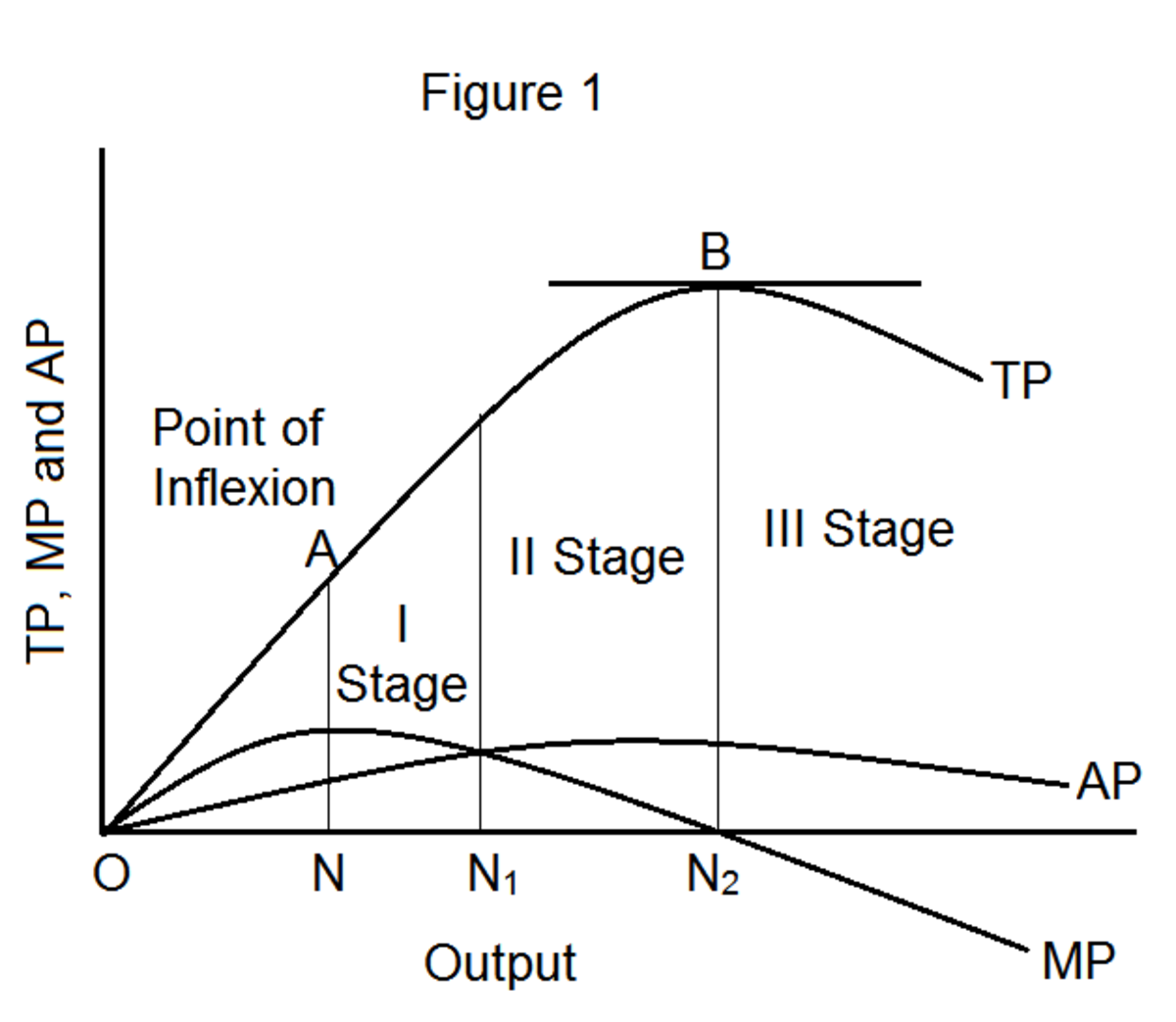5 Amazing Inventions in Recent Years
A lot of things that were invented in the tens and hundreds of years ago have become so important that we cannot imagine how people before lived without them. In today’s world, almost everything has become automated and people have gotten so dependent on their gadgets. Sometimes, you would wonder what inventors still do now that we seem to have everything that we need to survive.
Fortunately, today’s generation of inventors still have not run out of ideas and are still working hard at making our already easy lives a whole lot easier.
SolePower: Charge Your Gadgets with Your Footsteps
In the past couple of decades, a lot of emphasis is being given to creating alternative sources of energy, mostly because of the huge impact that modernization has on our natural resources. Combining this thought with the fact that a lot of people can’t seem to live without their gadgets, Carnegie Mellon University engineering students Matt Stanton and Hahna Alexander have devised a way to use each step that a hiker takes to generate enough energy to charge gadgets through a USB.
Matt Stanton is an avid backpacker, and his engineering know-how led him to this idea. Did you know that each step that a hiker takes could generate enough energy to light up a single light bulb? Stanton knew this for a fact, and he used it to team up with Alexander to create something that a lot of people would definitely want once it becomes commercially available.
Basically, they created a removable insole that converts the energy generated with each strike of your heel into rotational energy. This is then used to spin magnetic rotors, which work similarly to hand-cranked flashlights. It sends an electric current to a series of wires that lead to a battery pack on the person’s shoelaces. These battery packs would have enough power to charge your gadgets, and improvements are currently being made to make the power stronger so that charging a smartphone would require you to walk a lesser number of miles.
Automatic: Make Driving Safer and Environment-Friendly
Considering the number of ways by which your car contributes to the growing environmental problem, making even the smallest effort to lessen its impact can go a long way. This is exactly what Automatic does.
If you have a gas-powered car from 1996 or later, you can use the Automatic hardware and sync it to your smartphone via Bluetooth. By gathering data about your driving habits and your engine’s performance, it gives you the chance to make adjustments that could help you use less energy and have lower costs. It uses GPS to map out your trip, giving you the mileage and gas usage for each trip. It also saves you from the trouble of figuring out what happened when the “check engine” light starts flashing, with its ability to decipher the code and let you know what the exact issue is.
Having the Automatic is like driving with a safety engineer. Aside from its uncanny ability to remember where you parked, it gives you a warning sound when you start being impractical in burning up fuel. This often happens when you slam on the brakes or accelerate too quickly. It even contacts the local authority and your family members the moment it detects that you’ve been in an accident, provided of course that your phone are still in one piece.
Soccket: Generate Power by Playing Ball
In 2008, an assignment was given to a Harvard engineering class for non-engineers to come up with an idea that would give a playful solution to any problem that the developing world faces. Because Jessica Matthews, a student from this class comes from Nigeria and knows how big of a problem power has become in sub-Saharan Africa, she teamed up with her classmate, Julia Silverman, to form the company Uncharted Play. Their idea? A ball that can be an actual energy source once it is played with.
The Soccket looks like a soccer ball, but it has an internal mechanism that converts kinetic energy to electricity. A mere 30 minutes spent playing with the ball can give you three hours’ worth of power, and having it fully-charged after a 16-hour game can give you electricity for 72 hours. The ball has been tested in different parts of the world, and even Barack Obama himself has given this ball a kick in a visit to Tanzania. Because of the big potential of the ball, the creators are hoping to come up with other products that would cater to other sports, such as basketball. This will definitely help solve power problems in a lot of third-world countries, while allowing them to enjoy life at the same time.
Bounce: Take Images and Save Lives
Playing a video game allows you to look at corners you wouldn’t normally see in real life and gives you the privilege of starting the game over when you lose your life. In real life however, firefighters, soldiers and policemen have no idea what awaits them at every corner, and jumping into the unknown could cost them their life with no chance for a replay.
This is why Bounce Imaging Explorer was created. It allows you to scout an area and find out what the situation is before plunging in. A creation of Francisco Aguilar who is an MIT and Harvard graduate, the inspiration came from the damage that the Haiti earthquake caused. He worked with David Young, a former Army Ranger who also graduated from MIT, to create this rubber orb. The size of a baseball, the orb has six cameras that could send you audio, images, and other important information such as air quality and temperature of the space that it is thrown into.
Aside from being an ideal tool in searching for survivors in rubbles caused by earthquakes, bombings and similar catastrophe, it also allows firefighters to estimate the amount of risk before entering a burning building. Police and soldiers can also use it to scout any enclosed area during any of their operations. Although robots and fiber optics have already given a few first responders the same kind of technology, Bounce still proves to be the cheaper option, considering how police officers and firefighters would often have tight budgets.
Tooth Tattoo Sensors: Detect Illnesses through Your Breath and Saliva
Your saliva and your breath can tell a lot about what happens inside your body, and being able to figure out what they want to relay is a step that could change the way we diagnose illnesses. Fortunately, one such invention shows a lot of promise. The tooth tattoo sensor is being developed by researchers from Princeton. Made of graphene applied to the thinnest possible silk layers, it attaches to your tooth and notifies you if it senses any problem brewing in your system. The system can be altered to detect specific kinds of diseases, with its small electrodes sending information to a remote device that helps you monitor your condition. And because the sensors have a much higher level of sensitivity compared to the traditional means of detecting illness, it can detect any disease a whole lot faster than anything. This could help doctors diagnose you quickly and work on finding a cure even before any critical damage has been done to your body.
With these ingenious inventions, life becomes safer and easier. They prove that despite the fact that we already seem to be drowning with the number of modern gadgets that we have, there will always be a new set of needs that needs to be addressed by newer inventions.



